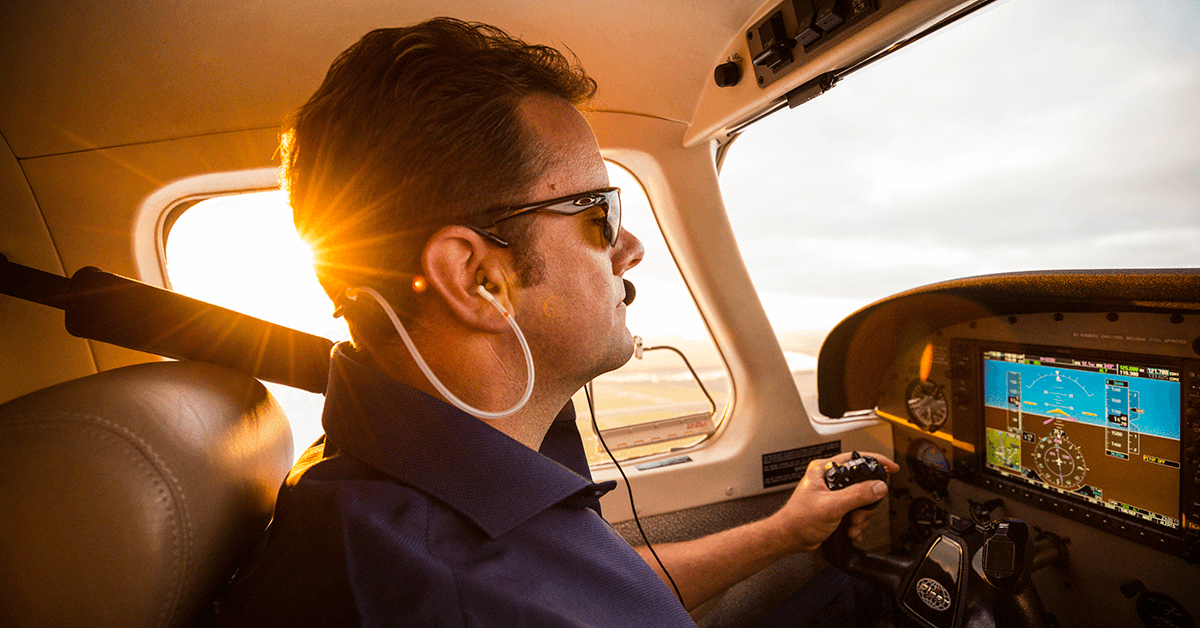
Oct. 5, 2020
NBAA’s first-ever Virtual Safety Week, focusing on the pursuit of excellence in aviation, kicked off Monday, Oct. 5, with day one of the Single-Pilot Safety Standdown, which started out by putting forward a roadmap to mastery.
The discussion, led by NBAA Safety Committee members Tom Huff, aviation safety officer of Gulfstream Aerospace (and a Mooney owner-operator), and Todd Hotes, flight operations manager and chief pilot at Polymer Resources, who laid out three phases of mastery: journeyman, intermediate and, finally, master. Huff and Hotes used actual aircraft accidents as case studies to unpack some of the characteristics of each phase.
Hotes explained as a journeyman – which could be a new pilot, or an experienced pilot new to a particular aircraft or aircraft systems – a pilot might set personal high minimums for themselves or use a mentor or instructor.
“Build your network – [there’s] no need to be an island as a single pilot,” said Hotes, especially since single-pilot operators are their own schedulers, maintenance controllers and sometimes even doctors when determining if they are fit to fly.
At the intermediate phase, pilots should establish a code of ethics for themselves that includes weather minimums, maintenance requirements and more. Pilots should also seek ongoing training, especially scenario-based training which helps hone aeronautical decision-making skills.
At the master phase, a pilot understands that “professional” has nothing to do with employment or pay. A master pilot continues his or her education and has built individual standard operating procedures within manufacturer guidelines.
Huff encouraged pilots to continually assess their own performance along their path to mastery.
“It’s important to be able to look introspectively into how we are performing as aviators,” he said. “The quest for mastery is a marathon with no finish line.”


 International Business Aviation Council Ltd.
International Business Aviation Council Ltd.